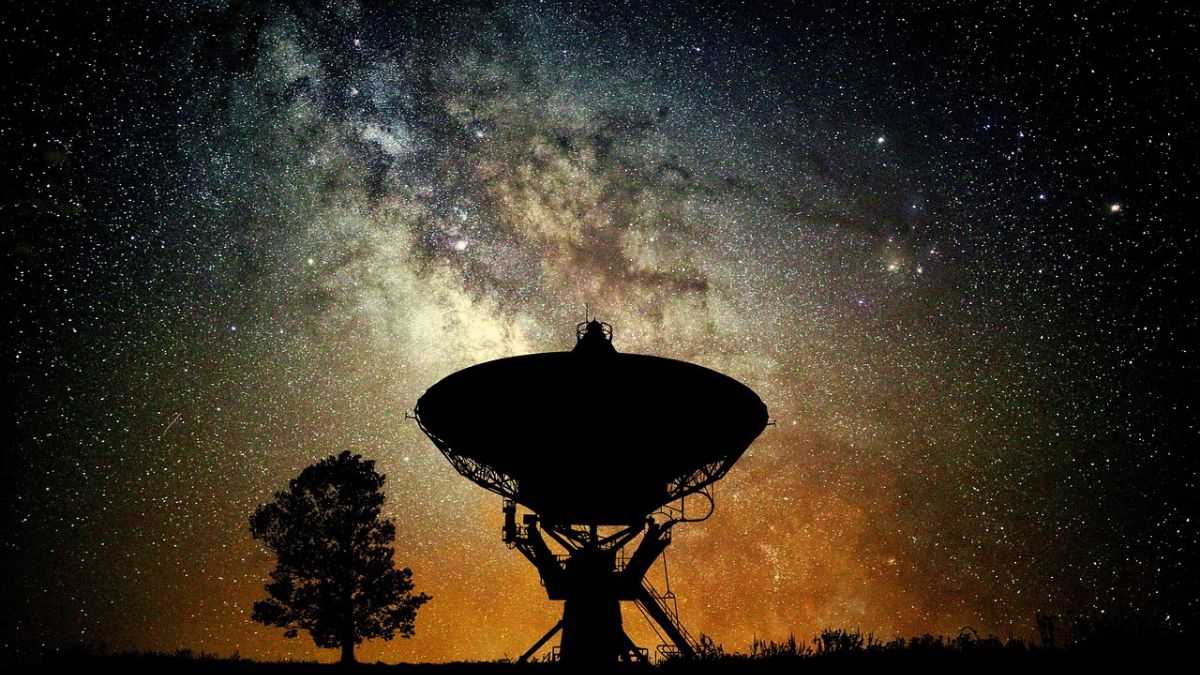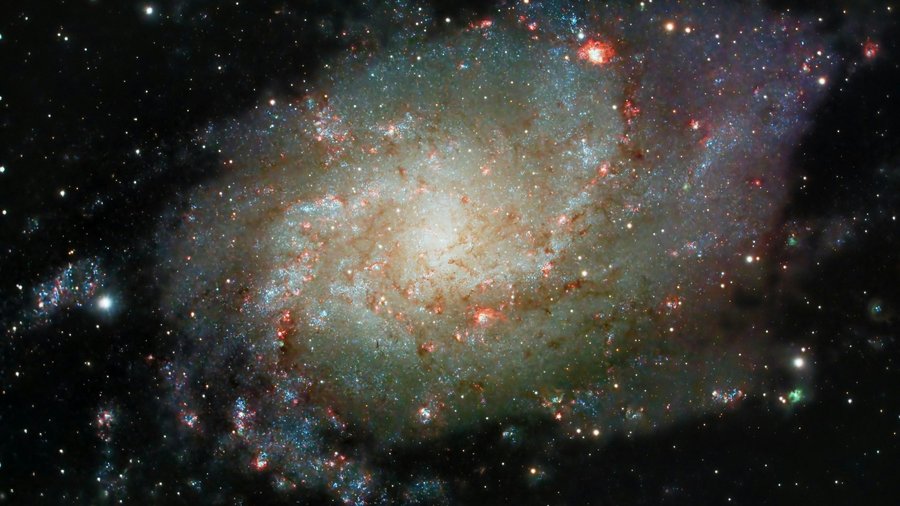Science
The More Absurd, the Greater the Belief: Where Conspiracy Theories Come From
08 January 2026

For over 60 years, scientists have been searching for intelligent extraterrestrial life. Recently, researchers expanded their search to include megastructures like the Dyson Sphere. Interestingly, they've identified seven potential locations that might indeed be such structures.
A Dyson Sphere is a hypothetical megastructure encircling a star, designed to capture its energy for a technologically advanced civilization. This concept gets its name from Freeman Dyson, a British-American physicist, mathematician, and futurist. Dyson drew inspiration from earlier research by scientists who explored the future of civilization and the possibility of harnessing stellar energy. His idea was particularly linked to the concept of Soviet astrophysicist Nikolai Kardashev, who created a classification of civilizations based on their ability to acquire energy from their environment.
Dyson presented his idea in the article “Search for Artificial Stellar Sources of Infrared Radiation,” published in the journal Science in 1960. He proposed that an advanced civilization could build gigantic structures around its star, capable of capturing nearly all of its energy. Such a megastructure would emit characteristic infrared radiation, making it detectable from Earth.
This article might also interest you: Revolutions in Science: No Guillotines, But No Mercy Either
Project Hephaistos is one initiative that searches for megastructures in space. Its scientists analyze astronomical data, focusing on infrared radiation emissions. As part of their research, they searched over 1,000 Milky Way-like galaxies for traces of megastructures.
Subsequently, they concentrated their analysis on our own galaxy to identify potential Dyson Sphere candidates. The team has already published several studies on this topic. Their latest, fourth article focuses on seven objects, labeled A to G.
In the latest study, scientists from the University of Manchester examined one of these Dyson Sphere candidates. It turned out that background radiation from an Active Galactic Nucleus was interfering with some radio signals.
Earlier analyses suggested that some of these signals might originate from dust-rich debris disks, which absorb light and re-emit it in the infrared. This could lead to an excess of radiation, which Freeman Dyson considered a possible trace of a megastructure. However, the latest research indicates that the measured values do not match typical debris disks.

“Professor Michael Garrett argued in 2015 that even a Kardashev Type I civilization, consuming far more energy than humans on Earth, produces radio signals too weak to detect. However, Dyson Spheres might belong to Type II civilizations – those consuming over a billion times more energy than Type I. Therefore, regardless of whether these beings live on planets or near a Dyson Sphere, we can potentially detect their electromagnetic technologies,” noted Tongtian Ren, an astrophysics PhD student at the Jodrell Bank Centre for Astrophysics at the University of Manchester.
Read this article: Humanity Encounters Intelligent Extraterrestrial Life: What Happens Next?
These results confirmed earlier suspicions: at least some of the candidates identified in Project Hephaistos are indeed contaminated by bright radio sources that are also strong infrared emitters. Consequently, they exhibit the characteristics predicted by Freeman Dyson, which astronomers consider a potential trace of Dyson Spheres.
However, the remaining six candidates still require further analysis. Researchers emphasize the necessity of additional high-resolution radio observations to unequivocally determine their origin.
“We don’t know if all candidates are contaminated, but some – perhaps all – likely are. I truly hope at least some turn out to be genuine Dyson Sphere candidates. These results show that in the search for megastructures, analyzing data across different wavelengths is crucial to rule out background contamination,” Garrett stated.
Perhaps a change in search methods will finally allow us to discover a true Dyson Sphere. For now, this seems unlikely given the vastness of the Universe. However, a chance of success exists – and though small, it remains non-zero.
Science
08 January 2026



Zmień tryb na ciemny